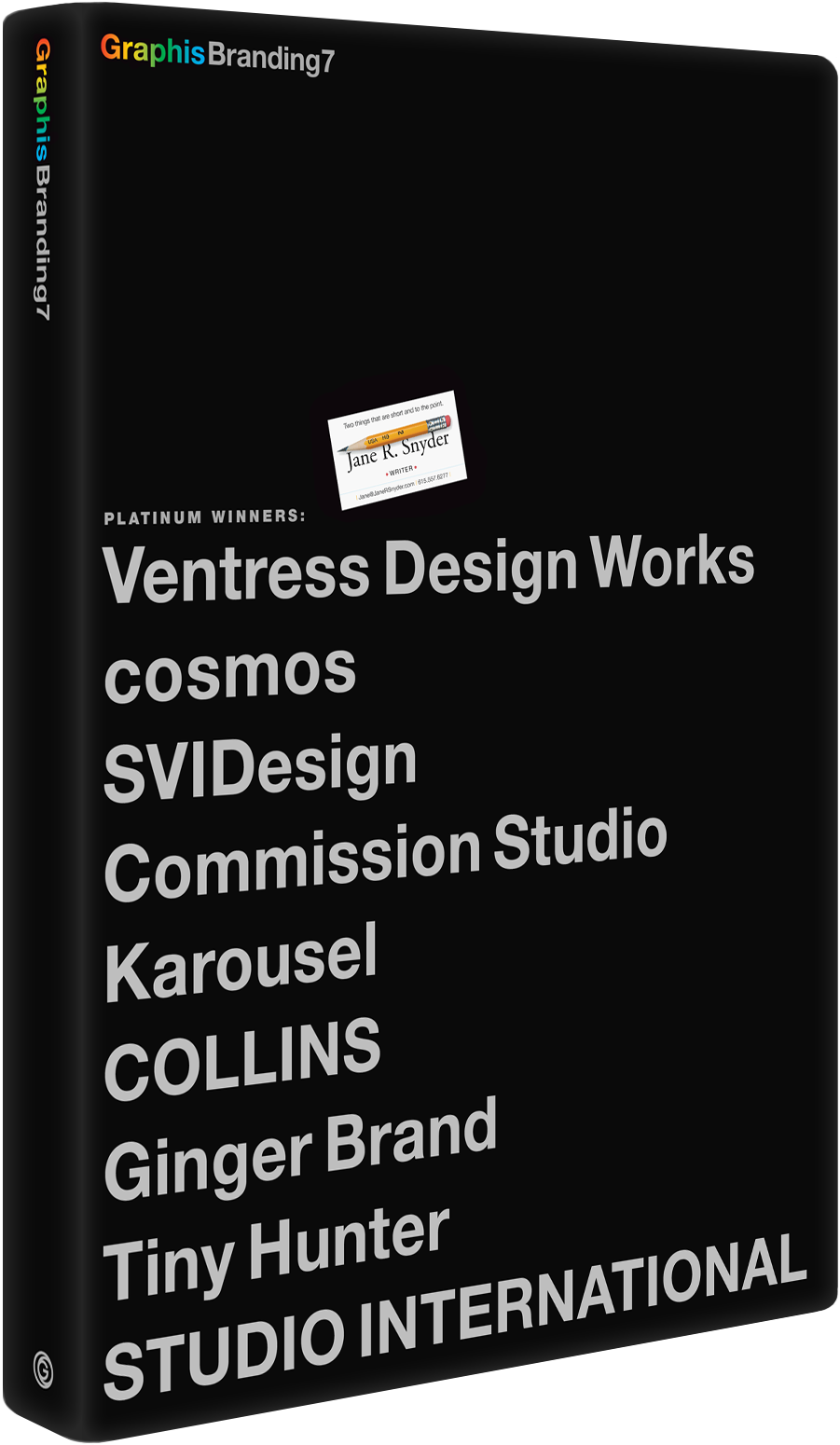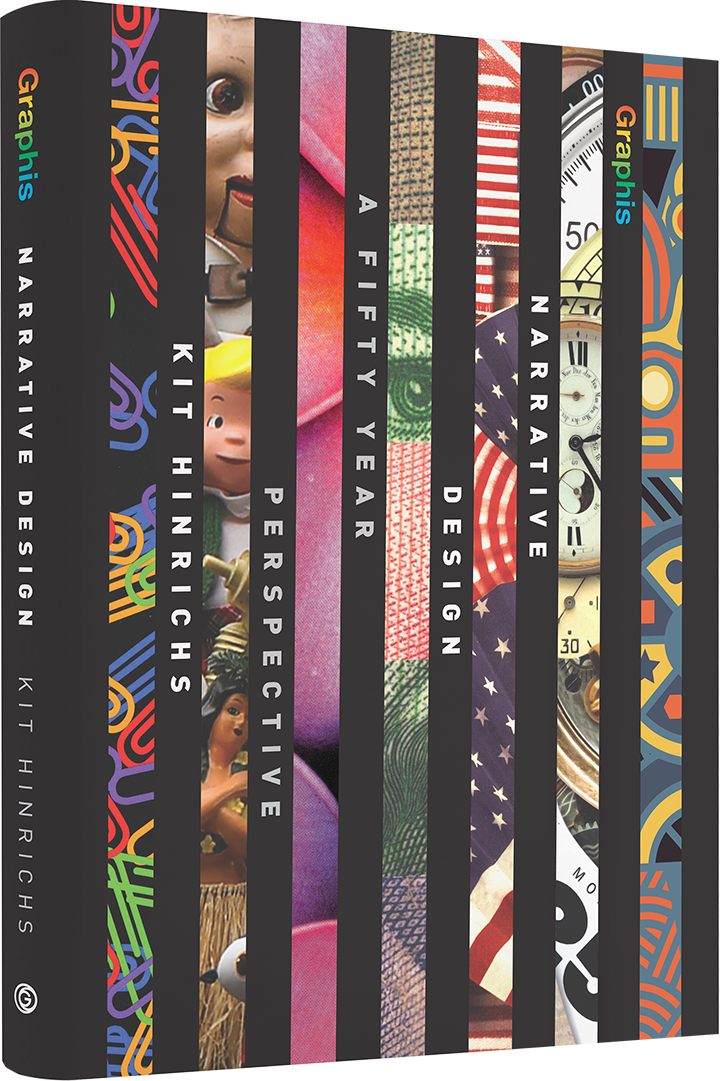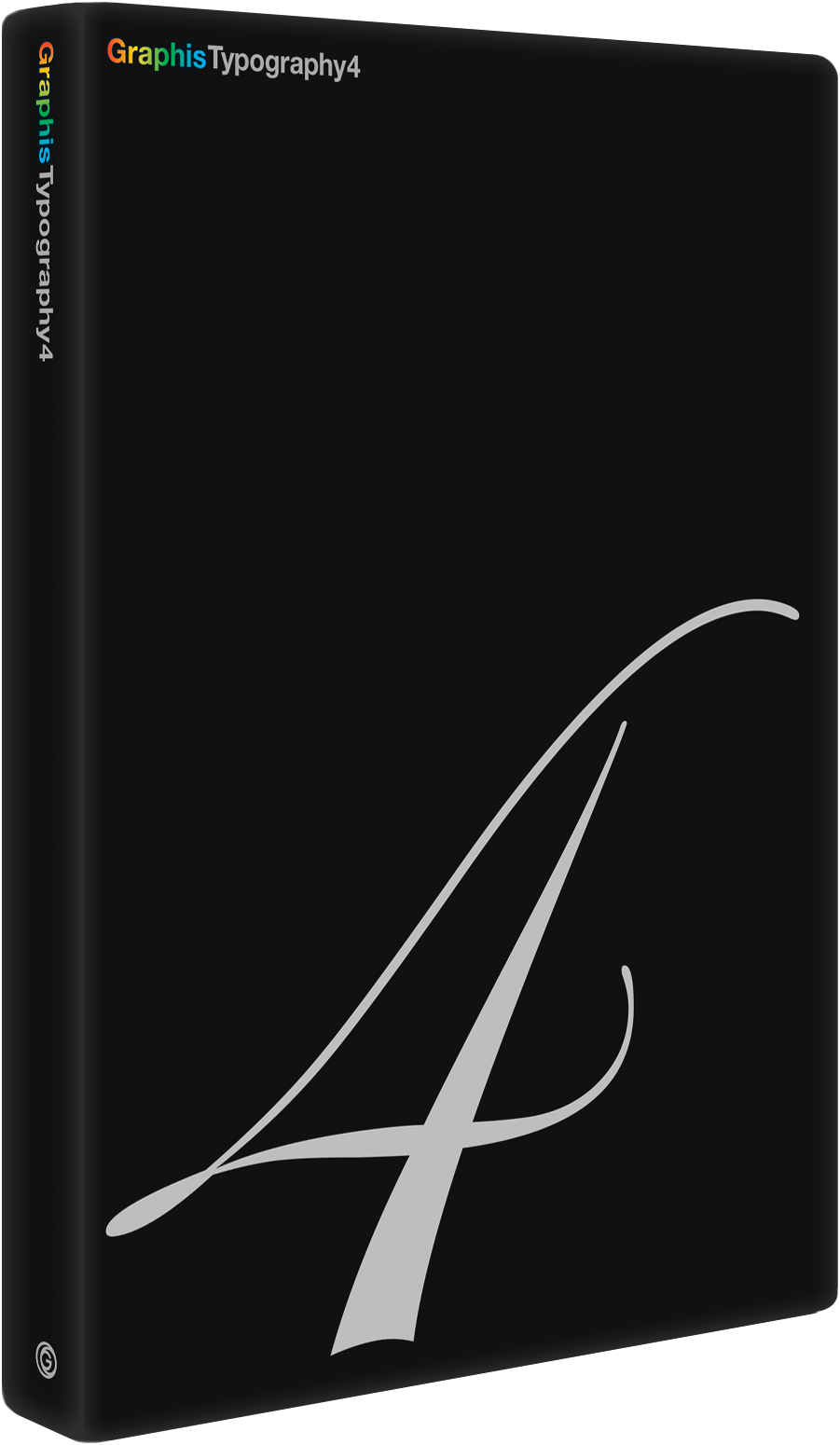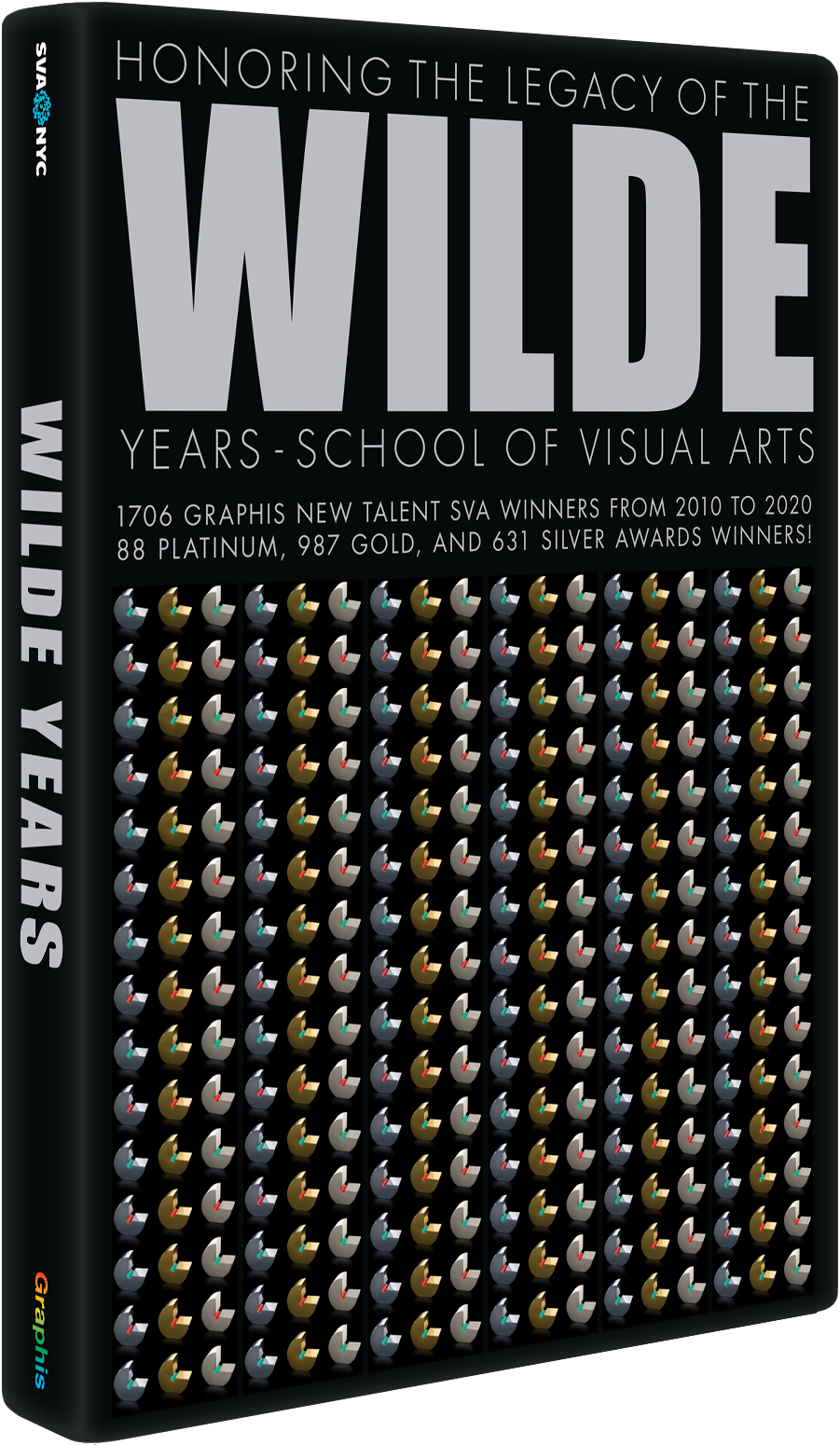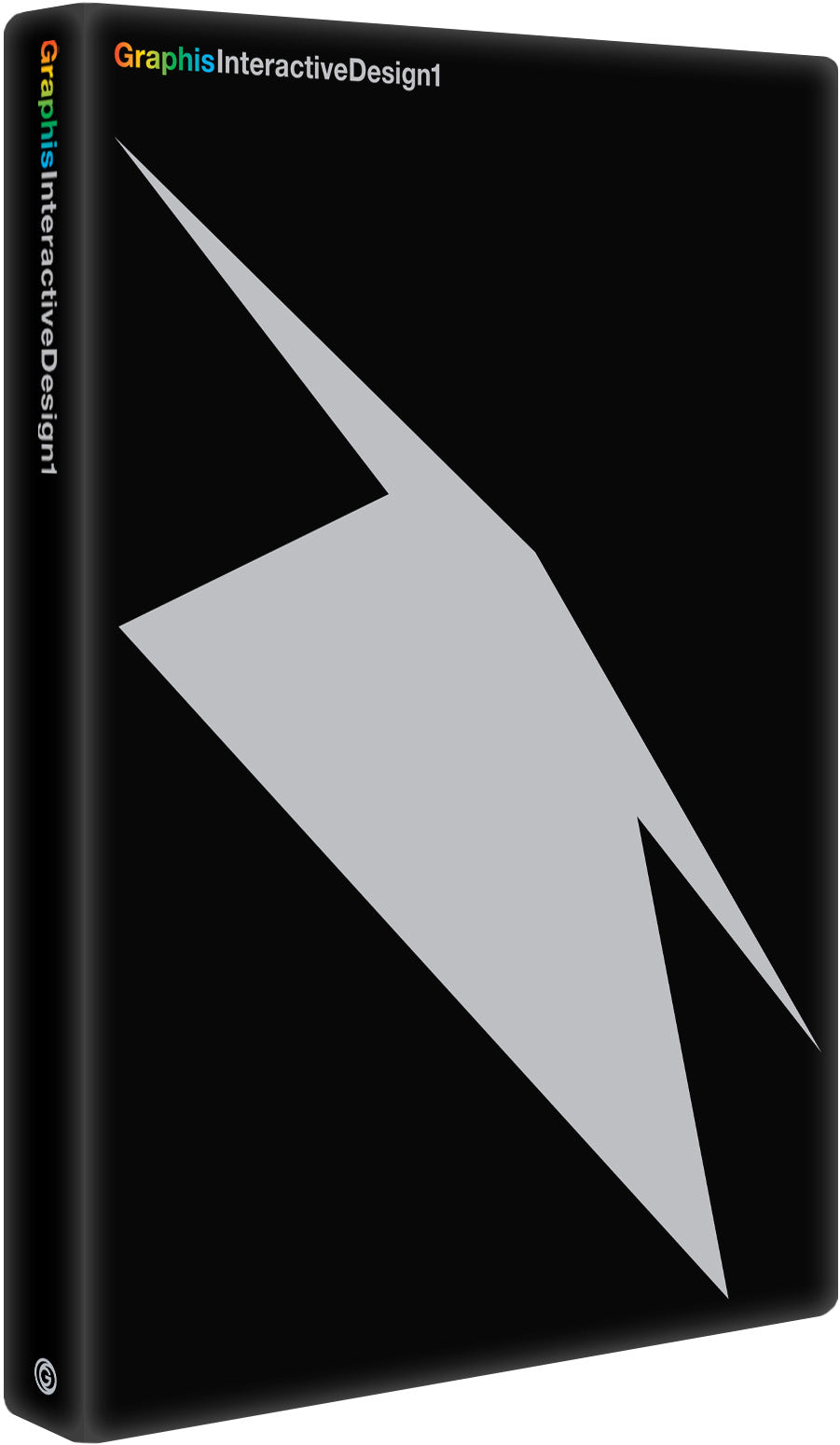Pushing Boundaries with Justin Colt
As a designer, creative director, and educator, Justin Colt has built a career on equal parts rigor and curiosity. After earning his MFA in design from the School of Visual Arts and working with the legendary Milton Glaser, he co-founded The Collected Works, where he leads projects for clients across music, the arts, and technology. Since 2017, Justin has also been shaping the next generation of designers at SVA. Known for his typography-first approach, collaborative group projects, and trial-by-fire assignments, he challenges students to push past their comfort zones and discover their own creative voice. In this interview, Justin reflects on his teaching philosophy, the balance between discipline and freedom, and why design school is just one of many paths to success in the creative field.
Introduction by Steven Heller, Co-chair & Co-founder Emeritus of MFA Design: Designer as Entrepreneur, SVA
I first heard Justin Colt’s name during the early period of the SVA MFA Design program. I was speaking to a group in State College, Pennsylvania, and ran into my friend Lanny Sommese, a legendary graphic design teacher. “My best student is applying to your program,” he said, referring to Justin. “He’s our brightest star.” So I made a mental note of “Justin,” a name that suggests the Wild West, and presumed that he’d live up to Lanny’s promise. Justin’s work did not disappoint. His evocative typography, combined with conceptual acuity, gave him an edge. Upon graduating, he co-founded a design office, The Collected Works, with classmate Jose Fresneda in a studio space provided by Milton Glaser. Out of the gate, they worked together on prestigious jobs—so impressive was their output that they were made faculty for the Type for Masters class, which received some of the highest year-end student accolades. Over the past ten years, The Collected Works has done snappy brand campaigns that transcend trends while exuding contemporary aesthetics. Much of this is Justin’s mastery of technique and technology, which says “today” without being slavishly tied to “new.”

What is your process for selecting students for your classes? Are there certain qualifications they have to meet?
I’m lucky that I don’t have to go through a strict selection process for my classes. I do start the first class with a very honest rundown of what to expect: this will be the toughest class they take all semester. In my opinion, it’s also the most important.
For my class, we focus a lot on typography because I believe that to be a successful designer, you need to be a master at it. And let’s be honest—typography is challenging.
Have you ever dismissed a student from your class? If so, for what reason?
Yes. Almost every year, there’s at least one student who ends up being dismissed from my class. I genuinely believe everyone should have the chance to learn and succeed, but there’s a certain baseline that needs to be met. Assignments are due in full every class. If a project isn’t finished, it’s better for the student to stay home.
Students need to be active participants, supporting each other. It’s not enough to just be naturally talented and focus solely on your own work. I expect my students to be generous with their ideas and to provide meaningful feedback and support to their classmates. There also has to be a genuine enthusiasm for the work. Students should be curious, eager to explore new ideas, and willing to challenge themselves.
When it becomes clear that someone isn’t meeting these expectations, we usually have to have a conversation about them withdrawing from the class. This isn’t just for their benefit but for the success of the whole class. My goal is always to create a positive, challenging environment where everyone is helping and encouraging each other. If someone doesn’t share that spirit, this class is not the right fit.
What might be a typical first assignment?
I usually kick off the semester for both my graduate and undergraduate students with a big festival branding project. We start by passing around a hat. First, each student randomly draws a typographic style like Constructivism, Dadaism, or Bauhaus. Then, from a second hat, they pick a festival theme—maybe it’s music, art, comedy, etc. Their task is to combine these two elements to create a cohesive identity design system. The combinations are endless and always different each year—imagine a cultural festival inspired by Dadaism or a tech festival with a Constructivist vibe. It’s a tough design challenge, but that’s what makes it so exciting.
In just one week, they have to pitch three different conceptual directions for their unique festival combo. Each direction includes a festival name, a written overview, thirty sketches for the primary logo, ten poster sketches, proposed typefaces, a color palette, and the overall art direction. It’s a lot to ask, and with only a week to do it, students have to think deeply and work fast. The results are usually fantastic, full of interesting ideas and an impressive amount of work. It’s a real trial by fire, and sometimes it’s a bit too much for some students, leading them to bow out of the class, which is totally okay.
Do you ever ask them to include something they’re passionate about in their work for your class?
I almost never give students an open brief to create whatever they want. I’ve tried it in the past, and it almost always leads to predictable ideas and expected outcomes. When they don’t have to tackle complex and challenging design problems, the results tend to be pretty average.
Instead, I encourage students to bring their personal strengths and interests into the tough assignments I give them. This approach leads to much more interesting results.
Do you work with students individually or in groups?
Both. In grad school, almost every project is a group project. I’ve noticed that group projects are pretty rare in design school, and I don’t really get why. Design is all about collaboration—you’ll be working with teams and people with different perspectives throughout your entire career. Working in a group is challenging, and it’s a skill that needs to be practiced. There will be conflicts, and students need to learn how to navigate and resolve them while still wanting to be friends at the end of the day.
Plus, group projects are so much more rewarding. Team members can lift each other up, help each other see new approaches, and leverage each other’s skills. I always tell my students that they can divide up an assignment in any way that makes sense to them, so they should play to the group’s strengths. And honestly, group projects tend to produce more interesting work than solo projects. They often feel more layered, unique, complete, and fascinating.
Do you have group critiques of the students’ work?
Always. I never lecture. Class is all about sharing work and giving and receiving feedback. I guide the conversation toward topics and discussions I think are interesting and relevant, but I mostly let the students lead the feedback and ask questions. This is why it’s so important for everyone to be active contributors to each other’s success.
What percentage of a typical class goes on to create award-winning work?
Every class produces award-winning work, often multiple times over. I also emphasize the importance of getting your work out there and submitting it to competitions and publications. It’s not about being egotistical; it’s about showing the world that you’re a talented designer and attracting the kind of work you want. We’re in a visual field, so students need to put their work out into the world. This is a mentality that pays dividends both during their time in school and long after.
At the end of the semester, what kind of advice do you give to the class?
At the end of the semester, I like to take some time just to sit and chat with the class. I do this at the end of every assignment, too. It’s a chance to hear what the students thought about the assignment—what they would change if they were to do it over again, where they hit friction points, and where they found success. The end-of-semester chat is similar but reflects on our time together as a whole. I always tell my students that I can dish it out, but I can also take it. So, they should let me know what I should change.
I also like to reiterate a few common themes I’ve shared throughout the course: keep pushing yourself and stay out of your comfort zone. Be the kind of person you’d want to work with. Be interesting—this career is so much easier if you’re just an interesting person with whom people want to engage.
And remember, we’re lucky to be doing this for a living. So many people end up in jobs or careers they hate, but that’s not us. We’re in a challenging but incredibly liberating field where we can make a real impact, connect with people we admire, and be genuinely excited about what we do. That’s pretty rare.
Lastly, I remind them that our friendship doesn’t end with the semester. I encourage students to stay in touch (and they often do), keep me updated on their successes, and share recent work they’ve done. I also let them know they’re welcome to reach out if they’re ever interested in working with me. Many of our interns and designers—paid, of course—at the studio are former students.
Can you name a few of your past students who have gained success? If so, what are they doing now?
Raif Hossain at Time Out Group; Raven Mo at AIGA NY; Soumya Gupta at Notion; Doah Kwon at Google; Ezra Lee and Tiffany Pai at The New York Times; Emily Roemer at Amazon; Victoria DeBlasi at MTV; Harbor Bickmore at That That Type Foundry; Sukanya Bose at Interbrand; Huiqi Qiu at KUDOS Design Collaboratory; Vasavi Bubna, Rohan Rege, and Mina Son at COLLINS; and Katherine Killeffer, Bruno Pasi Bergallo, and Renee Freiha at Pentagram.
What do you think of the way so many people in the creative fields now are without any formal—never mind university-level—training?
Maybe it’s an unexpected answer, but I think it’s great. I don’t believe that a person’s future success hinges on attending design school. If someone can build a career by being completely self-taught, learning in the field, and just hustling, I think that’s fantastic.
I tell this to my students, too: nobody is going to look at your transcript, ask for your GPA, or want to see your diploma. It’s your portfolio and the connections you make that will define your trajectory. That could come from your time in design school, but it doesn’t have to. And I think that’s fantastic.
Justin Colt is a designer, creative director, and educator based in New York City. He earned his MFA in design from the School of Visual Arts and began his career as a designer for the legendary Milton Glaser. As the co-founder and creative director of The Collected Works, he leads design projects for clients in music, the arts, and technology. Since 2017, he has been a faculty member at SVA, where he pushes students to break out of their comfort zones, master typography, build identity systems, and embrace collaboration as a cornerstone of great design—all while producing work that’s equal parts rad and award-winning.

Social: Instagram, Facebook, LinkedIn
Discover more great designs in Graphis Journal #385, available now.
You may also like
Timeless Design on the Shores of Lake Como
Featured in Graphis Journal #384, J. Mayer H. approaches architecture as both archaeology and artistry—an elegant dialogue…
Read MoreUNMUTED: Designers for Humanity Call for Entries
Raise Your Voice. Because the Future Won’t Design Itself. UNMUTED: Designers for Humanity is a call to every…
Read More
Related Annuals & Publications
View AllBecome a Graphis Member
- 1-Year Membership Subscription
- Enjoy 50% off on Call for Entries
- 1-Year FREE Subscription to Graphis Journal
- Your Portfolio online with profile + links
- Get 20% off on Graphis Books
